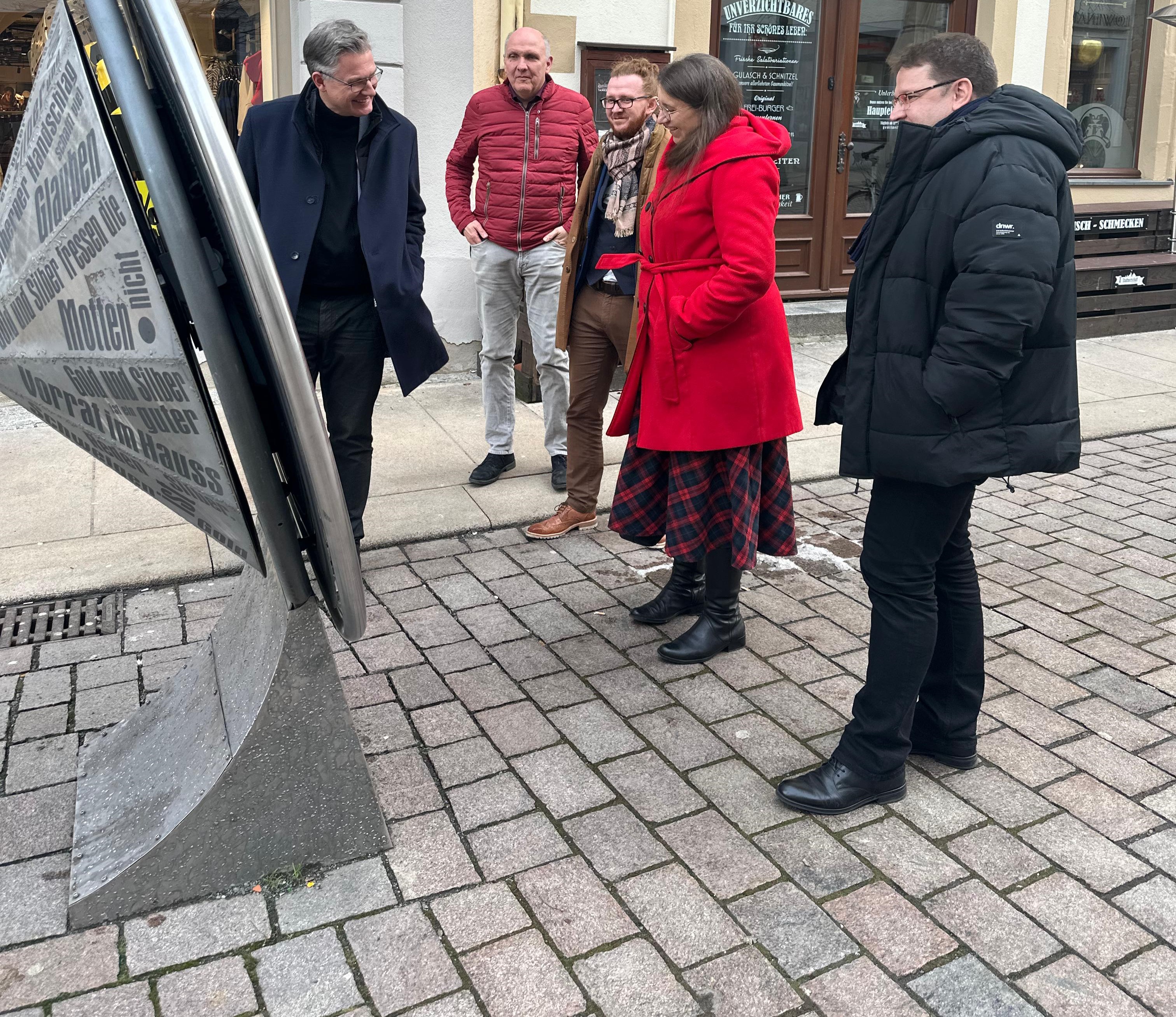In early January 2025, an exciting meeting took place in Freiberg, Germany, where experts from various fields came together to discuss the future of phosphogypsum processing and biomonitoring. The meeting was part of two important projects: the BeeWatch project and the Phosphogypsum Processing to Critical Raw Materials (PG2CRM) project. These initiatives are working towards innovative solutions to some of the pressing environmental and resource challenges. Therefore, BRT could not miss it and was represented by Assoc. Prof. Dr. Hynek Roubík and Dr. Stacy Hammond.
At the heart of the discussions was phosphogypsum (PG), a by-product of phosphate fertilizer production. While PG is essential for fertilizer production, it also poses a significant environmental challenge. Each ton of phosphoric acid used to create fertilizers generates 4-6 tons of low-level radioactive phosphogypsum, which accumulates in massive dumps worldwide. Europe is home to some of the largest phosphogypsum stockpiles, totalling around 2 billion tons, with the biggest deposits in Lithuania, Poland, Greece, and other countries.
While phosphogypsum dumps present environmental risks, they also offer an opportunity for innovation. One of the more exciting developments from the meeting was the establishment of upcoming activities within the BeeWatch project. This project aims to use honeybees for biomonitoring of phosphogypsum dumps. Bees are passive samplers, meaning they can collect environmental data without actively seeking it out. Their highly sensitive nature makes them ideal for monitoring pollution levels in the environment, including hazardous substances such as radioactivity and chemicals in phosphogypsum dumps.
The concept of using honeybees for biomonitoring is not new; bees are already used voluntarily by airport operators to monitor air quality. However, the BeeWatch project is an initiative aiming to exploring whether bees and other beekeeping products, like honey and pollen, could be used specifically for monitoring low-level radioactive contamination in phosphogypsum landfills. Bees can cover an area of 3-12 km2, which aligns well with the typical size of phosphogypsum dumps. This method could provide a cost-effective, long-term monitoring solution that avoids the need for expensive aerial surveillance, all while ensuring that local populations are not exposed to unnecessary environmental risks.
One of the primary goals of the meeting in Freiberg was to discuss the potential for joint research between the BeeWatch and PG2CRM projects. The participants of the meeting, who are already involved in the ERA-MIN PG2CRM project, have been working on the extraction of critical raw materials and rare earth elements from phosphogypsum. During the meeting, they compared the amount of rare earth elements in phosphogypsum to other mineral raw materials and explored ways in which phosphogypsum could be processed for extracting these valuable elements.
The discussions revealed that both phosphogypsum dumps and mining activities for critical raw materials are linked to environmental problems. While phosphogypsum landfills have long been an environmental challenge, mining for rare earth elements and other raw materials is becoming an increasing concern as well. Biomonitoring with honeybees emerged as a powerful tool for characterizing the environmental impact of both phosphogypsum dumps and mining operations.
In terms of collaboration, the participants also explored various funding options to further develop these joint research projects. The goal is to expand the BeeWatch initiative to include pilot tests that assess the feasibility of using honeybees as long-term environmental monitors in phosphogypsum dumps. By combining the expertise in phosphogypsum processing and biomonitoring with honeybees, the group aims to create innovative, sustainable solutions for environmental monitoring and resource extraction.
The Freiberg meeting could be the beginning of an exciting collaboration between experts in environmental science, beekeeping, mining, and critical raw materials extraction. As both the BeeWatch and PG2CRM projects progress, it’s clear that the research community is moving towards innovative, interdisciplinary approaches to tackle some of the world’s most complex environmental and resource challenges. By combining the expertise of partners from different sectors, these projects hold the potential to revolutionize both sustainable resource management and environmental monitoring.
The next steps involve finalizing research plans and securing funding to conduct pilot tests in the coming years. If successful, these projects could not only lead to more effective monitoring of phosphogypsum dumps, but also help to uncover valuable rare earth elements, all while minimizing the environmental risks posed by these materials.
“As we look to the future, one thing is certain: collaboration and innovation are key to solving today’s environmental and resource challenges, and the joint research efforts discussed in Freiberg are an exciting step in the right direction. So, why not merge bees research with phosphogypsum research,” says Assoc. Prof. Dr. Hynek Roubík.
For more details on BRT activities, subscribe to our newsletter or follow us on social media for regular updates and highlights.


